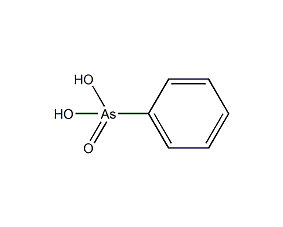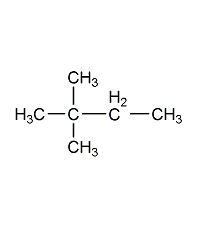Title: An investigation of the chemical properties of bis(dodecylthio)dibutyltin
In the field of modern organic synthetic chemistry and materials science, organotin compounds have attracted much attention because of their unique physicochemical properties, among which bis(dodecylthio)dibutyltin, as a typical organotin compound, is of great significance in the study of its chemical properties for the understanding of its applications in the fields of catalysts, stabilisers and bactericides. In this paper, we will discuss the chemical properties of bis(dodecylthio)dibutyltin from the aspects of structural features, stability, reactivity and environmental protection properties.
Structural characteristics
Bis(dodecylthio)dibutyltin, the chemical formula of which can be expressed as [(C12H25S)2Sn(C4H9)2], is an organostannic compound containing two long-chain dodecylsulfanyl groups and two butyl groups. This structure endows the compound with both hydrophobicity (due to the presence of the long-chain alkyl groups) and good solubility in organic phases, which is essential for its application in organic media. At the same time, the chemical bond formed between the tin and sulphur atoms has a certain polarity, which influences its reactivity and interaction with other molecules.
Stability
Bis(dodecylthio)dibutyltin exhibits relatively good thermal and chemical stability. At room temperature, the compound is not easily oxidised or hydrolysed and is able to maintain its structure over a wide temperature range. However, at high temperatures or under strong acid and alkali conditions, especially in the presence of oxidising agents, its stability decreases significantly, which may lead to structural damage or the release of tin ions. This property requires special consideration when selecting them as additives or catalysts.
Reactivity
The reactivity of this compound is mainly reflected in the coordination reactions and catalytic processes in which it is involved. Due to the nucleophilic nature of the sulphur group, bis(dodecylthio)dibutyltin is able to form stable complexes with a wide range of transition metals, which is particularly important in catalysing polymerisation and addition reactions. In addition, it can act as a stabiliser to prevent chain transfer reactions in polymer synthesis, thereby improving the molecular weight and thermal stability of the product. It is worth noting that its reactivity is also affected by factors such as solvent environment, temperature and pressure, and its performance in a particular reaction can be optimised by modulating these conditions.
Environmentally Friendly Properties
The environmental behaviour of organotin compounds has become one of the main focuses of research as global awareness of environmental protection increases. Although bis(dodecylthio)dibutyltin (DBT) has been widely used in several industrial fields due to its high efficiency, its potential ecotoxicity cannot be ignored. Studies have shown that organotin compounds are difficult to degrade in the environment and may cause cumulative toxicity to aquatic organisms. Therefore, the development of low-toxicity and easily biodegradable alternatives, as well as the strict control of their post-use treatment and discharge, are important directions for current research.
Conclusion
As an important class of organotin compounds, bis(dodecylthio)dibutyltin (BSDBT) exhibits a wide range of potential applications in the fields of chemical synthesis and materials science due to its unique chemical properties. Understanding and mastering its structural characteristics, stability, reactivity and its environmental impact are of great significance for the rational use of this compound and the sustainable development of related industries. Future research should further explore the possibilities of its new applications, and at the same time strengthen the assessment of its safety and environmental protection to ensure the harmonious coexistence of scientific and technological progress and environmental protection.
extended reading?
DMCHA – Amine Catalysts (newtopchem.com)
Dioctyltin dilaurate (DOTDL) – Amine Catalysts (newtopchem.com)
Polycat 12 – Amine Catalysts (newtopchem.com)




